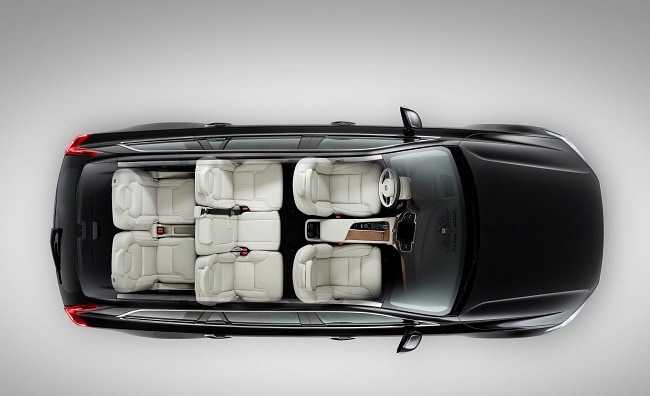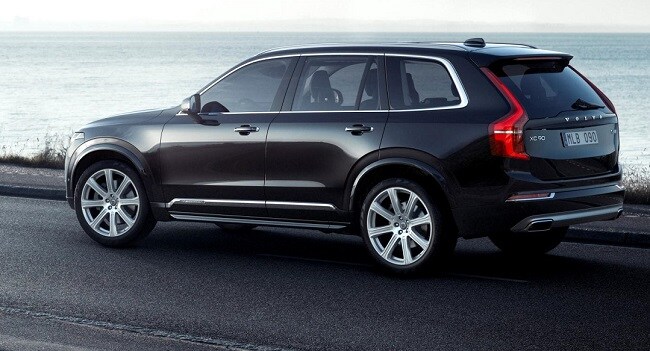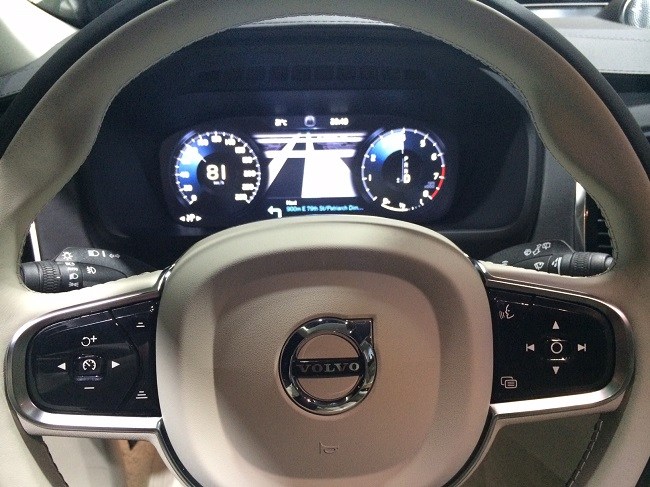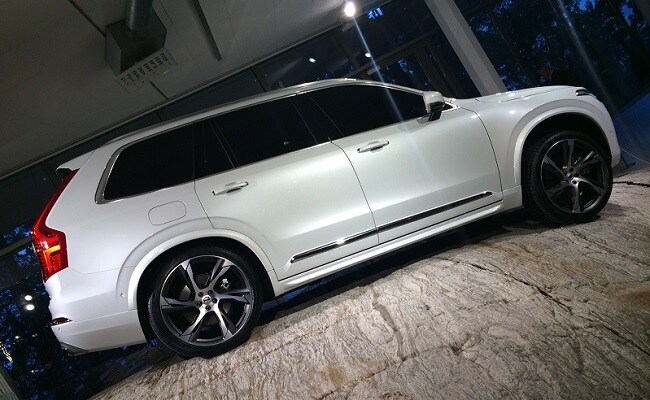New-Generation XC90 Claims Big Leap For Volvo

Highlights
Almost 4 years to the day since Geely took over Volvo Cars from Ford. The last piece of the blue oval's Premier Automotive Group or PAG, Volvo has been watched closely since to see how it progresses under the new ownership.
The Chinese seem to have emulated the Tata-JLR model where the company was allowed to grow and develop exactly as it would otherwise have. So Volvo remains innately Swedish too.
So the new generation of the XC90 SUV from Volvo holds special meaning for the carmaker, though it's taken a while to get to us folks. The first generation of the XC90 arrived in 2002; the 12 years since have been varied for the company no doubt. However, Volvo says it had no choice but to take the tough decision of waiting to make a replacement, because at the time of the Ford sale, it only had old platforms at its disposal. The new XC90 needed a new platform, investments for which only came after Geely took over.

Now Volvo has its new Scalable Product Architecture or SPA, which will allow it to develop future cars like the S60, V60, XC60 and S80 replacements - using the same parts bins. The flexibility sounds great from Volvo's context, but at the same time, Volvo has also begun work on a second compact platform for newer compact models it doesn't currently have in its stable, and of course the replacements for the smaller V40, C30, etc. By 2019 the new XC90 will be joined by a complete range of all-new Volvos.
That said, lets talk about the new XC90. The car is therefore based on the first 100 per cent Volvo engineered and owned platform. It has several engine options, and includes its new Drive-E range of 4 cylinder engines. The top-end model is powered by an engine that combines this with an electric motor. Besides this, existing engines like the T6/T5 and the D5 have all been updated too. Volvo says its the safest and the biggest car it has ever built.

Despite the use of more boron steel, which makes the car more crash-worthy, the new XC90 is 125 kilograms lighter than the previous version. Also, it is approximately 200 kilograms lighter than its rivals. This is a surprise, since most of those rivals are now going the aluminium way. Volvo has opted to control costs, and increase durability and strength by going in favour of steel. The weight saving has come through clever ways which cut down weight of certain inner panels, structures and components.
This is also the first Volvo that took electrification into account from scratch, so the design has the flexibility to take on various applications without compromising in any way. There are new advanced safety brakes, which help stop the car to avoid collision with an oncoming car. Other autonomous drive features include an enhanced 'City-Safety' module that now operates at speeds upto 50Km/h, up from the previous 30. The new 'Run-Off Road' feature helps secure passengers in their seating positions in case the car has to suddenly get off the road, runs-off, or is involved in a drastic maneuver. The seats help prevent spine injuries by way of a unique energy absorbing functionality, which reduces vertical forces by a third.
However, the bigger story appears to be the 'Sensus system'. Volvo has done away with all the many buttons and knobs and has a large tablet with touch screen functionality in its stead. The system combines this with steering controls, head up display and voice control. Sensus is standard. Cloud based apps are also integrated, and it is compatible with iOs and Android devices. Bowers and Wilkins provides the sound, and the top-end system uses 19 speakers! The touch screen looks like it will take some getting used to, but seems to work just like an iPad. It basically allows you to integrate better with the car, and yes, it is already workable with Apple Car Play as a result.
The XC90 has gone on sale online in Europe, with deliveries only beginning around the end of February. Thats when the car will be shown in India for the first time, and the market debut on road will be around September next year. Prices are expected to mirror the Audi Q7's.
More Images


Last Updated on September 22, 2014




















